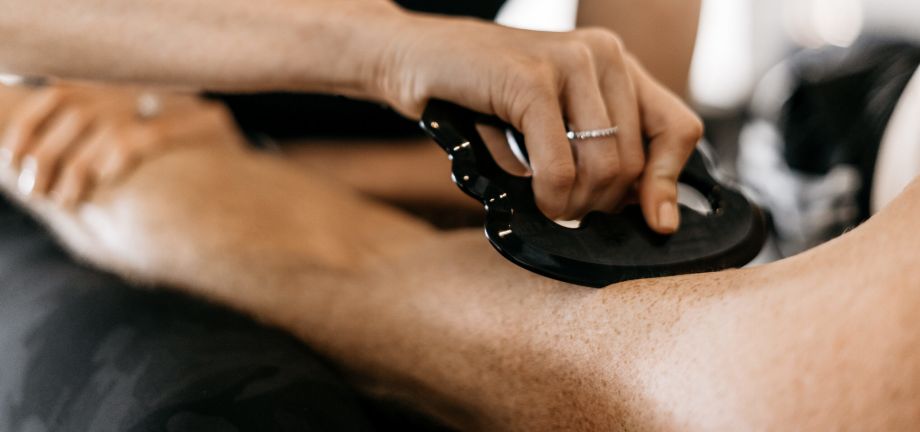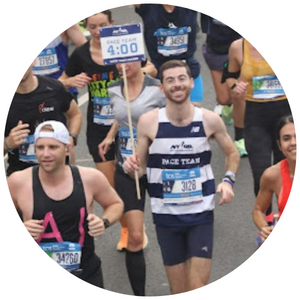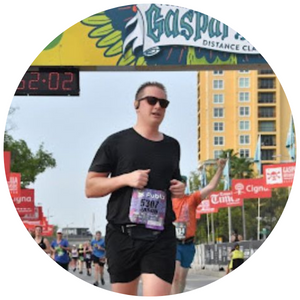How Soft Tissue Therapy Treats Scar Tissue

Instrument Assisted Soft Tissue Therapy (IASTM) is an innovative treatment. It can be used after injury or surgery to reduce the formation and appearance of scars and to break down scar tissue. Soft tissue therapy also addresses fascia restrictions and adhesions. Keep reading for a closer look at this treatment technique and how it can help with the rehabilitation process.
Understanding Scar Tissue and Soft Tissue Therapy
After an injury or surgical procedure, scar tissue can form in or around the site of the wound – a natural part of the healing process. Scar tissue is a tough, less malleable material that occurs when collagen fibers form over an injury site to help protect and strengthen the wound. When left unaddressed, you may notice it visual scars or feel internal stiffness around or in muscle tissue, tendons, ligaments or internal organs.
When active or an athlete, soft tissues can be compromised and exposed to intense stress, thus resulting in tightness or misalignments caused by tension, postural imbalances, surgery or injury. Common soft tissue injuries include:
- sprains
- strains
- contusions
- tendonitis
- bursitis
- stress injuries
Problems can occur when adhesions form where the scar tissue becomes stuck to the surrounding tissue, causing a restriction to the normal range of movement. To better understand how Instrument Assisted Soft Tissue Therapy can help heal your specific scars, call or text Team Driven!
Soft Tissue Therapy & the Healing Process
IASTM is an effective method that treats scar tissue at different phases of the healing process. It helps to reduce pain, improve appearance and overcome the restriction of movement and increase function. Playing sports can take its toll on your body, this therapy can improve athletic performance over time too.
Phases of Healing
Inflammatory Phase:
During the initial or inflammatory stage (three to six days after surgery or injury), soft tissue treatment focuses on assisting the body to reduce swelling by using gentle strokes away from the wound site.
Regeneration Phase:
The second phase of the healing process is regeneration (up to four weeks after surgery or injury). During this phase, new collagen fibers and blood vessels are formed. In addition, the wound gradually starts to contract, and new skin begins to form.
At this phase, soft tissue therapy focuses on the mobilization of the injured site to encourage blood flow and reduce the formation of adhesions.
Maturation Phase:
The final stage of healing is maturation (up to 24 months). This is when new collagen forms to increase the strength of the tissue.
In this phase, soft tissue therapy is more intense and focuses on restoring movement restrictions caused by fibrous adhesions, scar tissue or shortened structures. Once the wound is closed and there is not risk of infection, therapy on the scar itself can begin.
Scar Tissue Causing Issues?
Soft tissue treatment can help make significant improvements to scar-tissue related issues. Start increasing mobility and range of motion! To learn more about Instrument Assisted Soft Tissue Therapy (IASTM) at Driven Fit + SWS, call or text (813) 440-3016. You can also schedule a free consultation at our South Tampa studio gym below.









